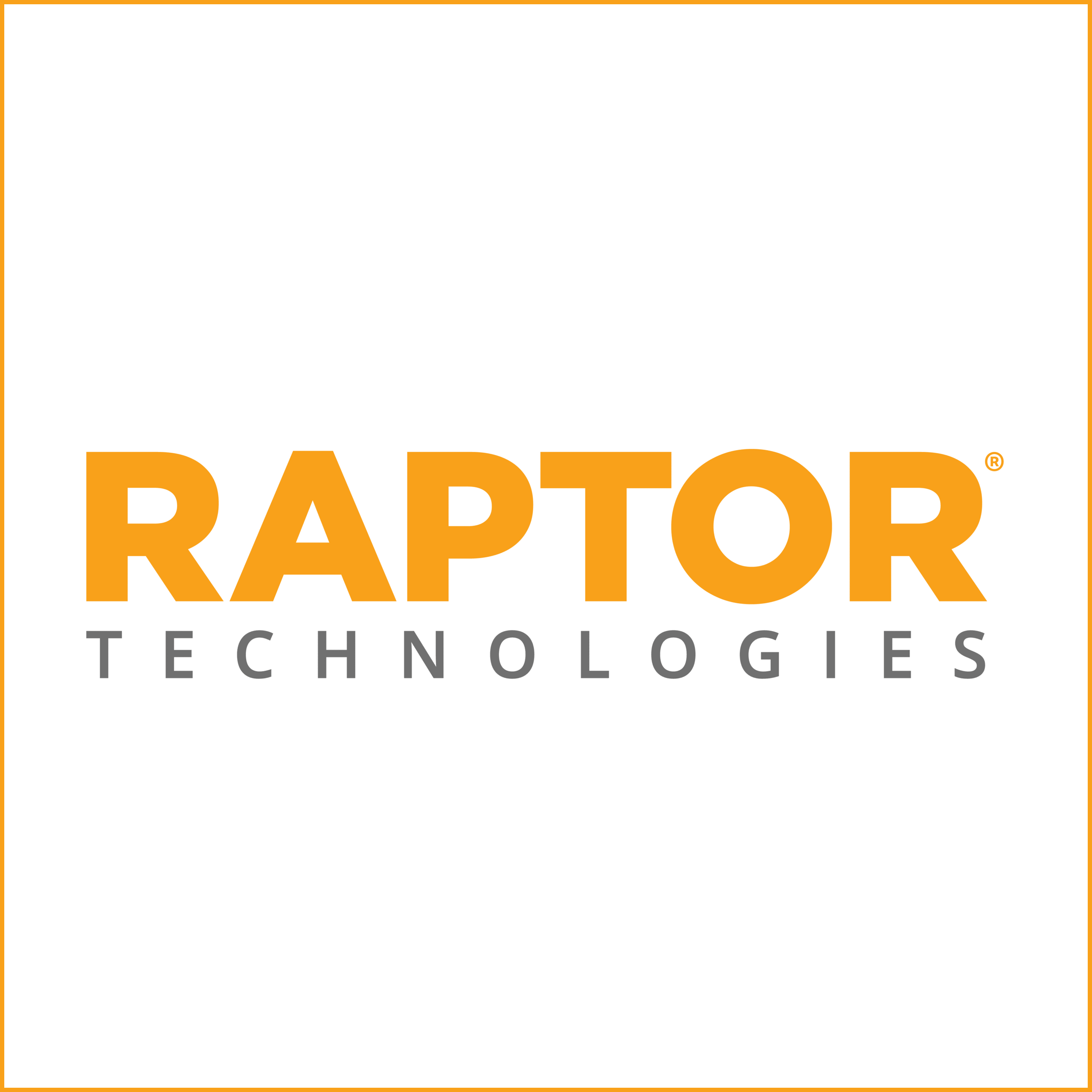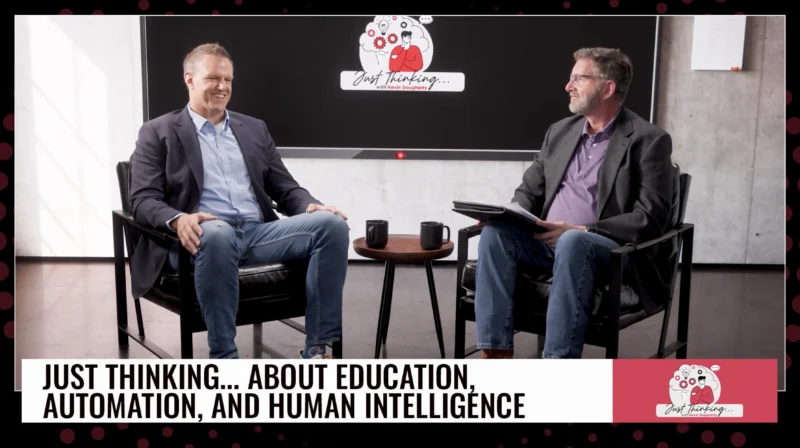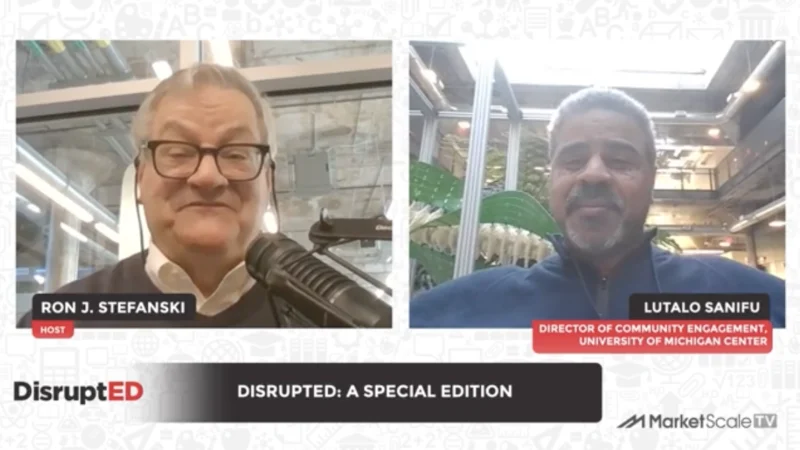Continuous Improvement in Threat Assessment Practices
In this episode of School Safety Today by Raptor Technologies, Michelle Dawn Mooney sat down with Dr. Marisa Randazzo to discuss the importance of continuous improvement in threat assessment practices. Dr. Randazzo shares her extensive experience in threat assessment, emphasizing the importance of quality training and to regularly evaluate and enhance their threat assessment processes to prevent violence and address potential threats effectively.
Key Takeaways:
- Behavioral threat assessment is a critical, evidence-based process used by schools to evaluate and mitigate potential threats
- Quality training by experienced professionals is critical for effective behavior threat assessment and management
- The need for continuous improvement in threat assessment practices due to frequent turnover in school personnel and the evolving nature of threats
Dr. Marisa Randazzo is the Executive Director for Threat Assessment at Raptor Technologies. She brings extensive expertise and experience in threat assessment, threat management, school shootings, and other types of targeted violence and protective intelligence investigations. Previously, she co-founded and led SIGMA Threat Management Associates LLC and served as Executive Director of Threat Management at Ontic. Dr. Randazzo also served for ten years with the U.S. Secret Service, eventually as the agency’s Chief Research Psychologist where she co-directed the Safe School Initiative and co-developed the NTAC model, also known as the “federal model” for school threat assessment. Dr. Randazzo is a recognized author of four influential books on threat assessment in educational settings, widely referenced in federal guides and national standards. She holds a Ph.D. and Master’s degree from Princeton University and a B.A. from Williams College in Psychology and Religion. Currently, she also serves as Director of Threat Assessment for Georgetown University.




